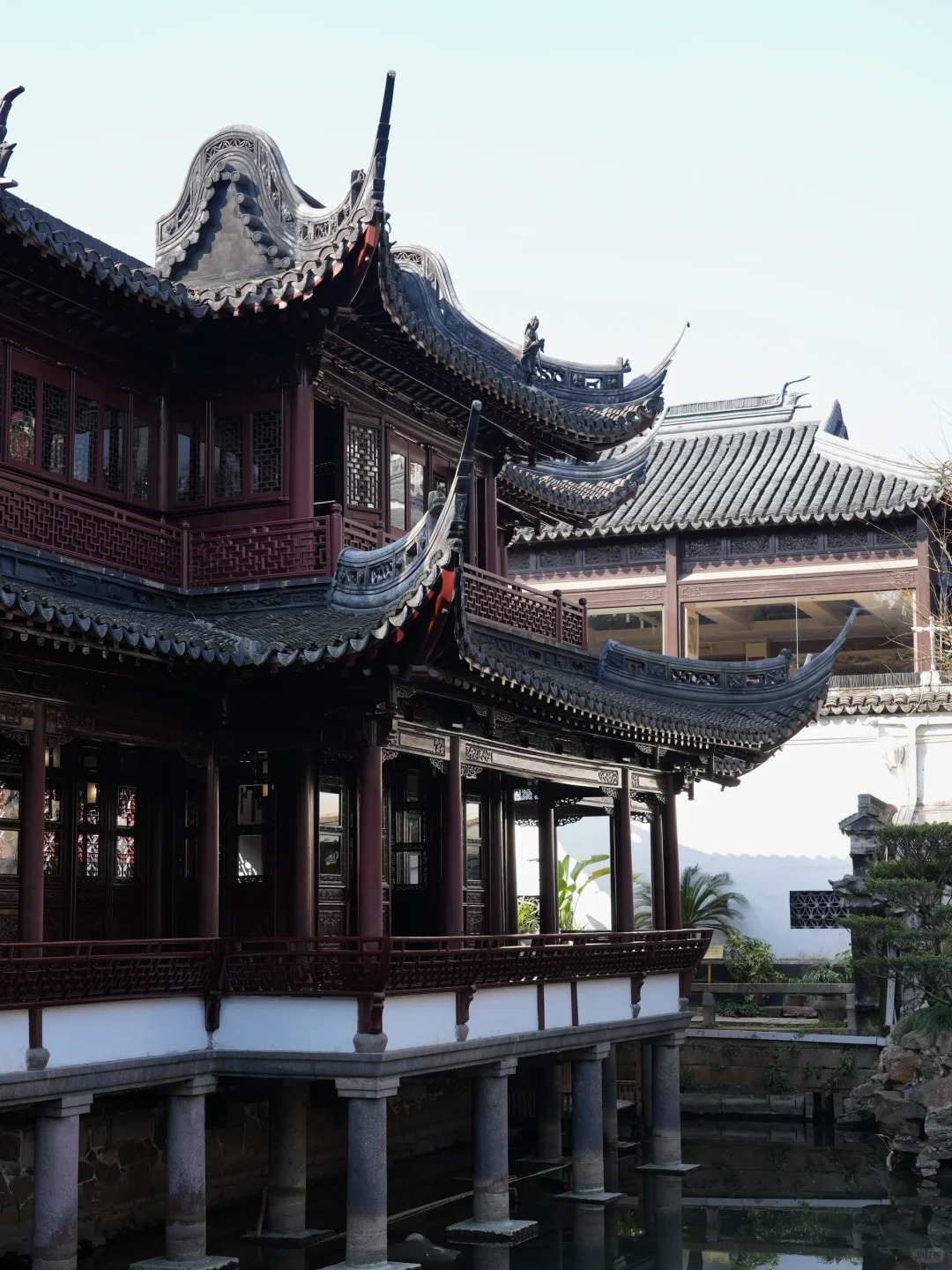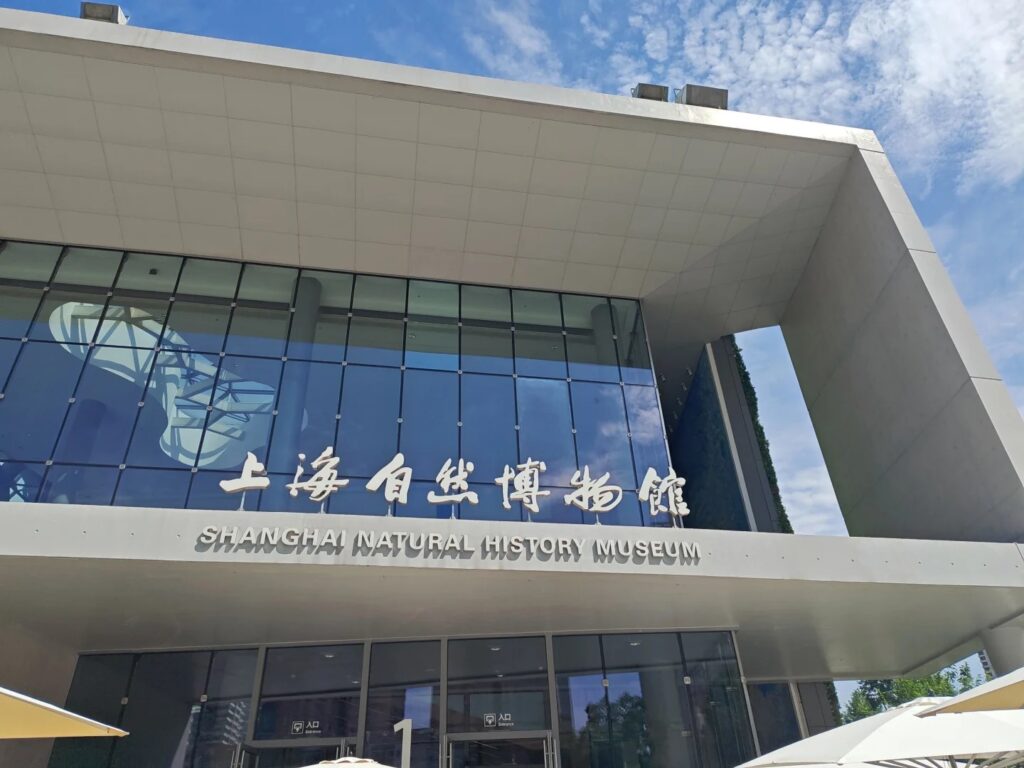Visiting Information
| Information | Details |
|---|---|
| Chinese Name | 豫园 (Yù Yuán) |
| Location and Address | 218 Anren Street, Huangpu District, Shanghai, China |
| Opening Hours | 8:30 AM – 5:30 PM (Last entry at 5:00 PM) |
| Entrance Fee | 40 CNY (April to June, September to November) 50 CNY (July to August) 30 CNY (December to March) |
| How to Get There | By Metro: Line 10 to Yuyuan Garden Station, Exit 1 By Bus: Routes 11, 26, 64, 66, 929 to Yuyuan Garden Station By Taxi: Tell the driver “Yuyuan Garden” (豫园) |
| Best Time for Visit | Spring (March to May) and Autumn (September to November) |
| Contact Info | Tel: +86 21 6326 0830 Email: [email protected] |
Overview
Yuyuan Garden, also known as Yu Garden, is a classical Chinese garden located in the heart of Shanghai’s Old City. Covering an area of about 20,000 square meters, it is a renowned example of traditional Chinese landscape architecture from the Ming Dynasty. The garden features exquisite pavilions, rockeries, ponds, and bridges, offering visitors a peaceful retreat from the bustling city.
Historical Background
Yuyuan Garden was first built in 1559 during the Ming Dynasty by Pan Yunduan, a high-ranking official, as a private garden for his parents. The construction took nearly 20 years to complete. Over the centuries, the garden experienced periods of neglect and restoration. During the Opium War in the 19th century, it was severely damaged but was later reconstructed. In 1961, it was declared a national monument and opened to the public after extensive renovations.
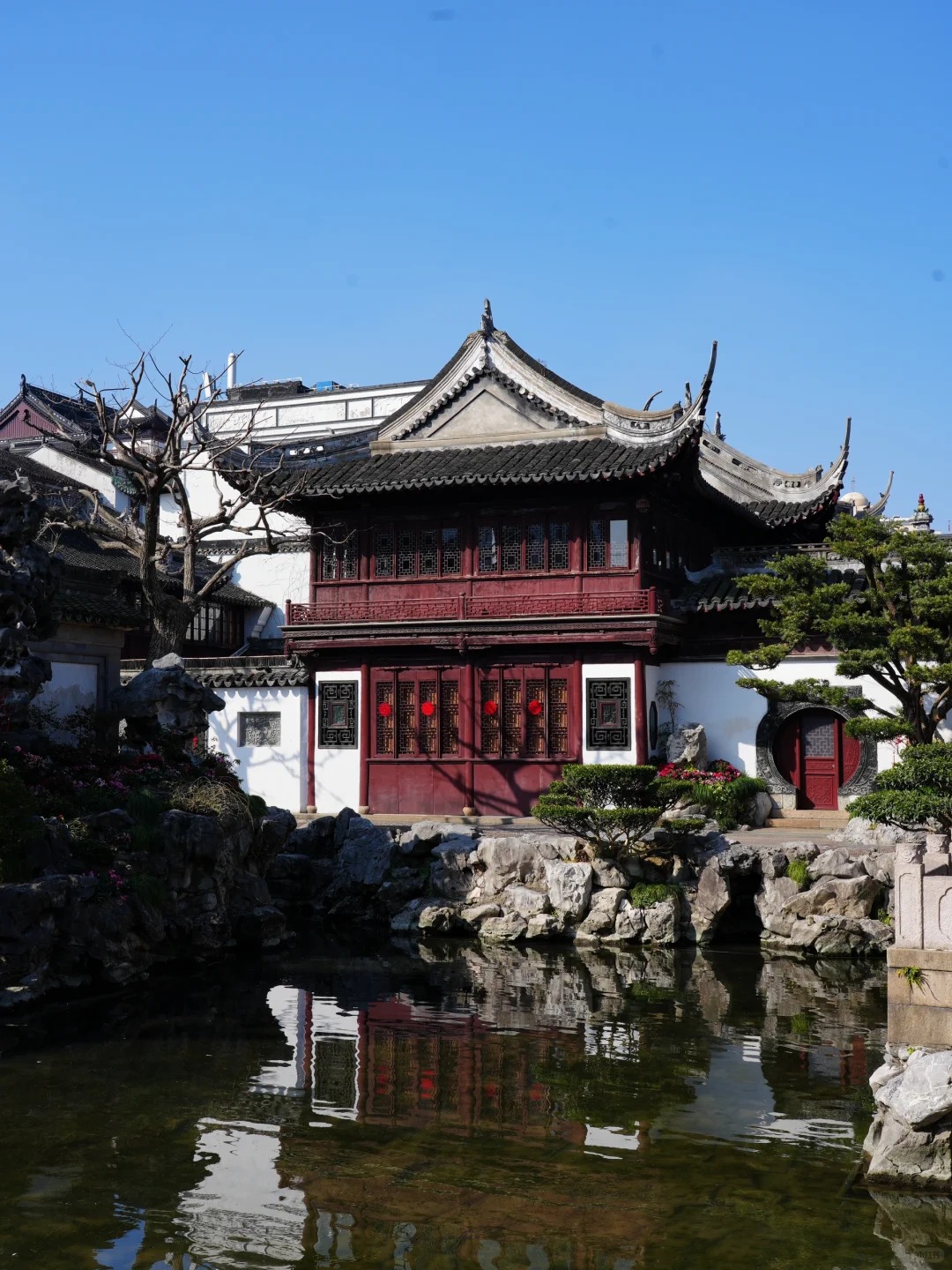
Architectural Features
- Rockeries: The garden is famous for its elaborate rockeries, particularly the Great Rockery near the entrance. Built using thousands of tons of yellow stones from Huangshan Mountain, it is one of the largest and oldest rockeries in southern China.
- Pavilions and Halls: Various pavilions and halls are scattered throughout the garden, each with unique architectural styles and purposes. Notable structures include the Hall of Heralding Spring, the Hall of Jade Magnificence, and the Inner Garden.
- Dragon Walls: The garden features distinctive dragon walls with undulating gray tiled ridges and white walls, symbolizing prosperity and good fortune in Chinese culture.
- Ponds and Bridges: Numerous ponds connected by bridges create a serene aquatic landscape. The most famous is the Jade Rock Bridge, which spans the central lotus pond.
Cultural Importance
Yuyuan Garden is a significant cultural landmark that embodies classical Chinese garden design philosophy. It represents the harmony between man and nature, a core concept in traditional Chinese culture. The garden serves as a living museum of Ming Dynasty architecture and landscaping techniques, offering insights into the aesthetic preferences and lifestyle of the Chinese literati class of that era. Today, it plays a crucial role in preserving and showcasing Shanghai’s cultural heritage to both local and international visitors.
Surrounding Attractions
- Yuyuan Bazaar: Surrounding the garden is a bustling traditional market area known as Yuyuan Bazaar. It features numerous shops selling traditional Chinese goods, souvenirs, and local snacks, providing a lively contrast to the tranquil garden.
- City God Temple: Located adjacent to Yuyuan Garden, the City God Temple is a Taoist temple that has been a significant religious site in Shanghai for centuries. It offers visitors a glimpse into traditional Chinese religious practices and architecture.
- Huxinting Teahouse: Situated in the middle of a lake connected to Yuyuan Garden by a zigzag bridge, this famous teahouse is one of the oldest in Shanghai. Its unique location and traditional architecture make it a popular spot for tea enthusiasts and photographers.
- Shanghai Old Street: A short walk from Yuyuan Garden, this street showcases traditional Shanghai architecture from the Ming and Qing dynasties. It offers a nostalgic glimpse into old Shanghai with its traditional shops and eateries.
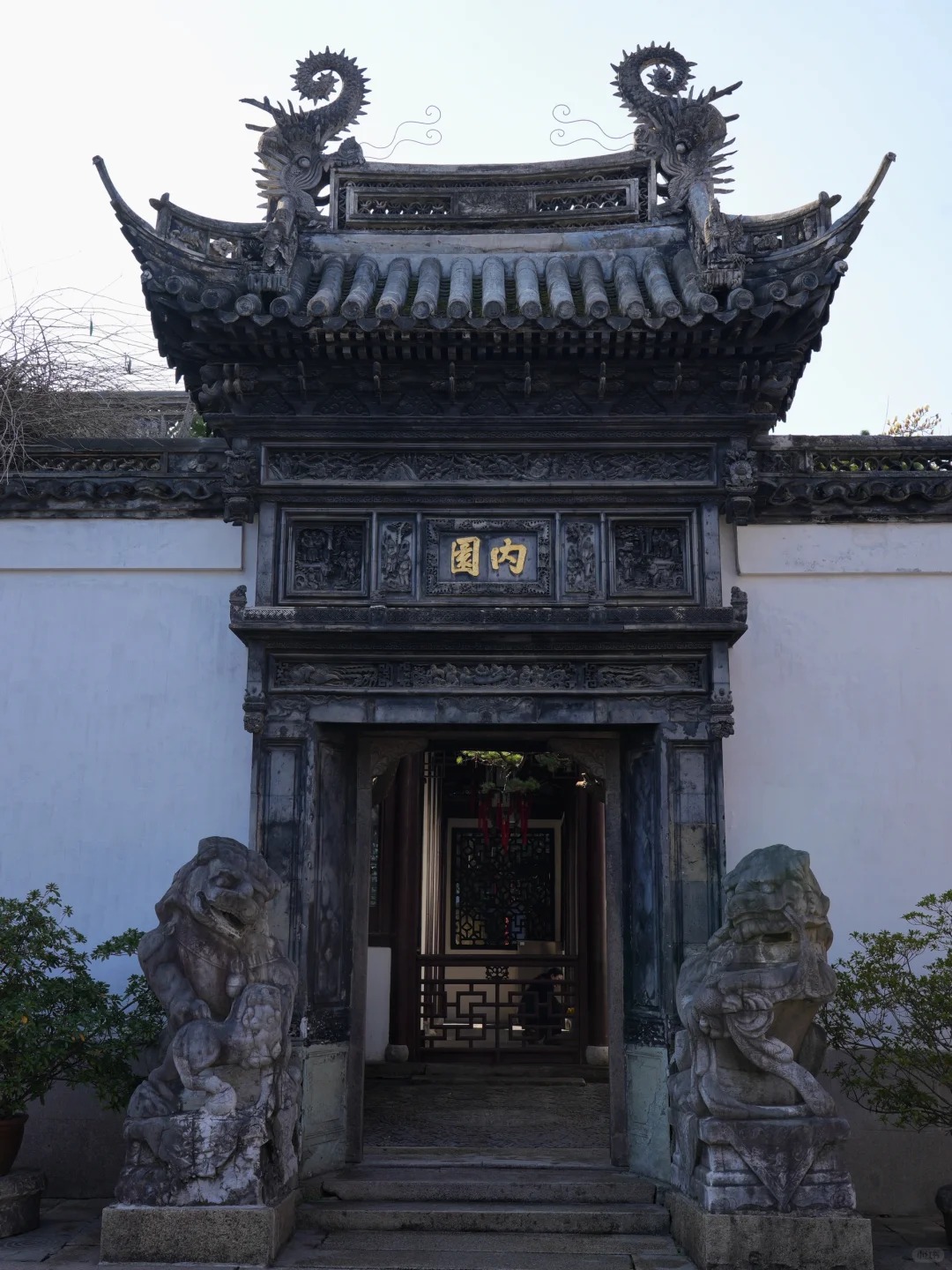
Photography Opportunities
- Scenic Pavilions: The intricately designed pavilions throughout the garden offer excellent subjects for architectural photography, especially when framed by surrounding greenery or reflected in nearby ponds.
- Great Rockery: The imposing Great Rockery near the entrance provides a dramatic backdrop for photos, particularly when viewed from different angles or during different times of the day.
- Bridges and Ponds: The various bridges crossing serene ponds create picturesque scenes, especially the famous Jade Rock Bridge with its reflection in the water.
- Seasonal Beauty: The garden’s appearance changes with the seasons, offering diverse photo opportunities. Spring blossoms, summer lotus flowers, autumn foliage, and occasional winter snow all provide unique photographic subjects.
Modern Importance
- Cultural Preservation: Yuyuan Garden plays a vital role in preserving traditional Chinese garden design and architecture, serving as a living museum of Ming Dynasty craftsmanship and aesthetics.
- Tourism Hub: As one of Shanghai’s most popular attractions, the garden contributes significantly to the city’s tourism industry, attracting millions of visitors annually from both China and abroad.
- Educational Resource: The garden serves as an important educational resource for students and researchers studying Chinese history, architecture, and landscape design, offering hands-on experience with traditional concepts and techniques.
- Urban Oasis: In the midst of Shanghai’s modern urban landscape, Yuyuan Garden provides a much-needed green space and cultural oasis, offering residents and visitors a place for relaxation, reflection, and connection with traditional Chinese values.
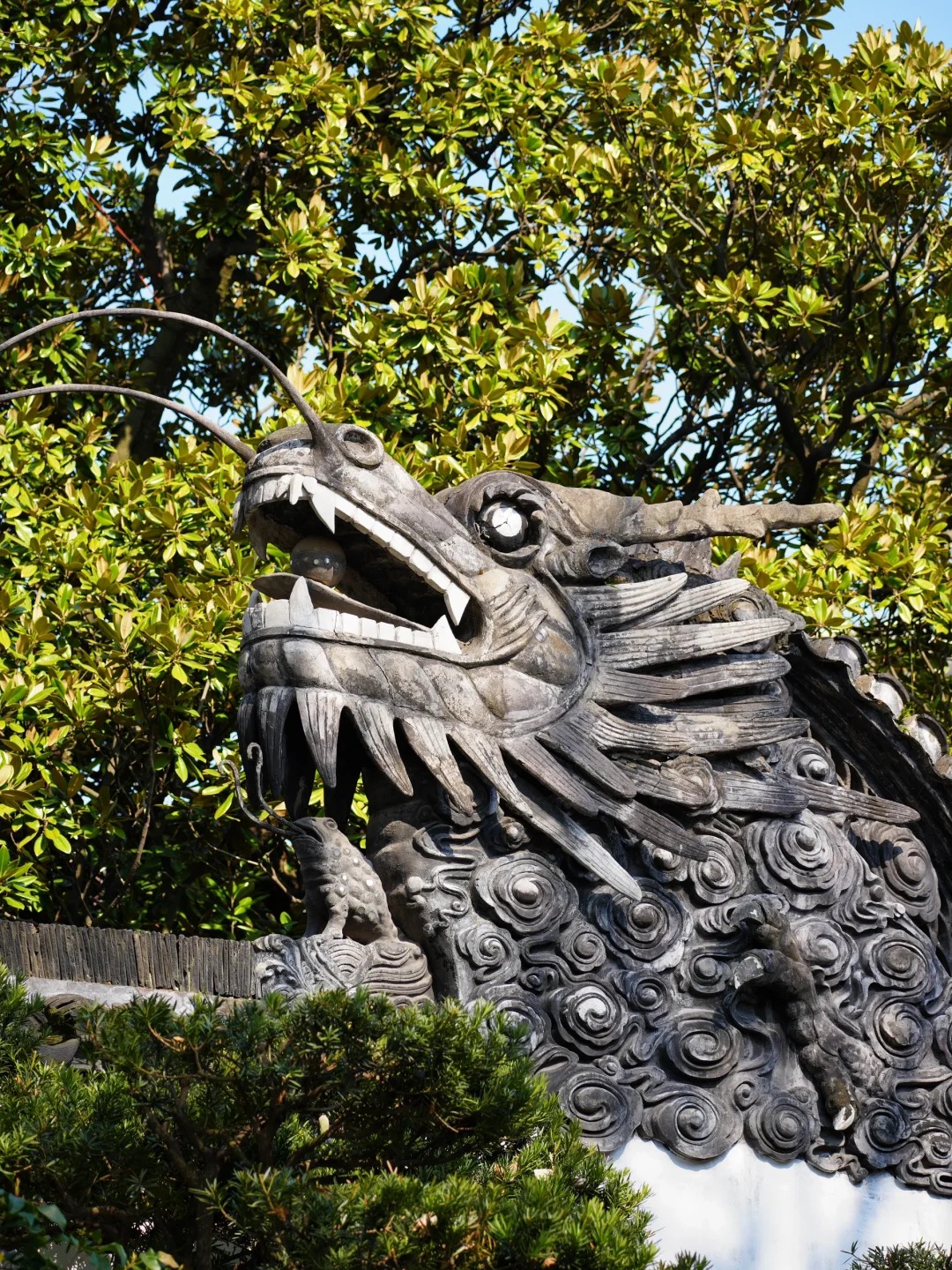
FAQ
- What is Yuyuan Garden famous for?
Yuyuan Garden is famous for its classical Chinese garden design, featuring exquisite pavilions, rockeries, ponds, and bridges from the Ming Dynasty era. - What’s inside Yuyuan Garden?
Inside Yuyuan Garden, you’ll find traditional Chinese pavilions, halls, rockeries, ponds, bridges, and carefully landscaped gardens representing Ming Dynasty architecture and design. - Is Yuyuan Garden free?
No, Yuyuan Garden is not free. There is an entrance fee that varies by season, ranging from 30 to 50 CNY. - Is Yuyuan Garden worth visiting?
Yes, Yuyuan Garden is definitely worth visiting for its historical significance, beautiful traditional Chinese architecture, and peaceful atmosphere in the heart of bustling Shanghai. - What to do in Yuyuan Garden?
In Yuyuan Garden, you can explore the various pavilions and halls, admire the rockeries and ponds, take photos of the beautiful scenery, learn about Chinese garden design, and enjoy a moment of tranquility. - How do I get to Yuyuan Garden in the local city?
In Shanghai, you can take Metro Line 10 to Yuyuan Garden Station and use Exit 1. Alternatively, you can take buses 11, 26, 64, 66, or 929 to the Yuyuan Garden Station. - How to visit Yuyuan Garden?
To visit Yuyuan Garden, purchase tickets at the entrance. It’s best to arrive early to avoid crowds. Plan to spend about 2-3 hours exploring the garden. Consider hiring a guide or using an audio guide to learn more about the garden’s history and features. Don’t forget to explore the surrounding Yuyuan Bazaar area as well.


